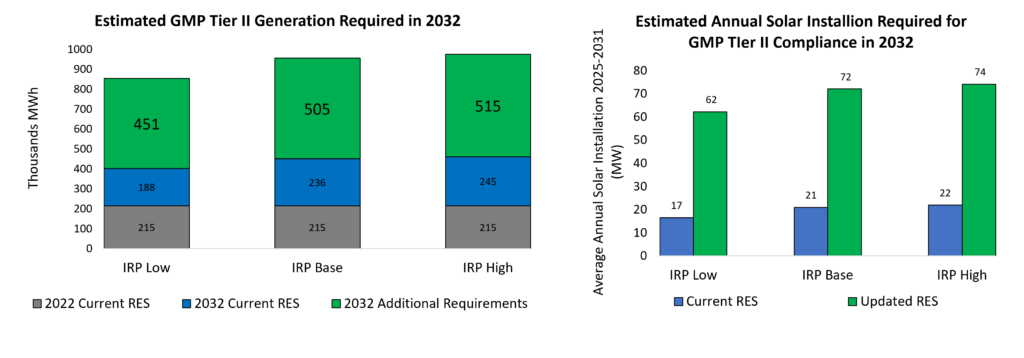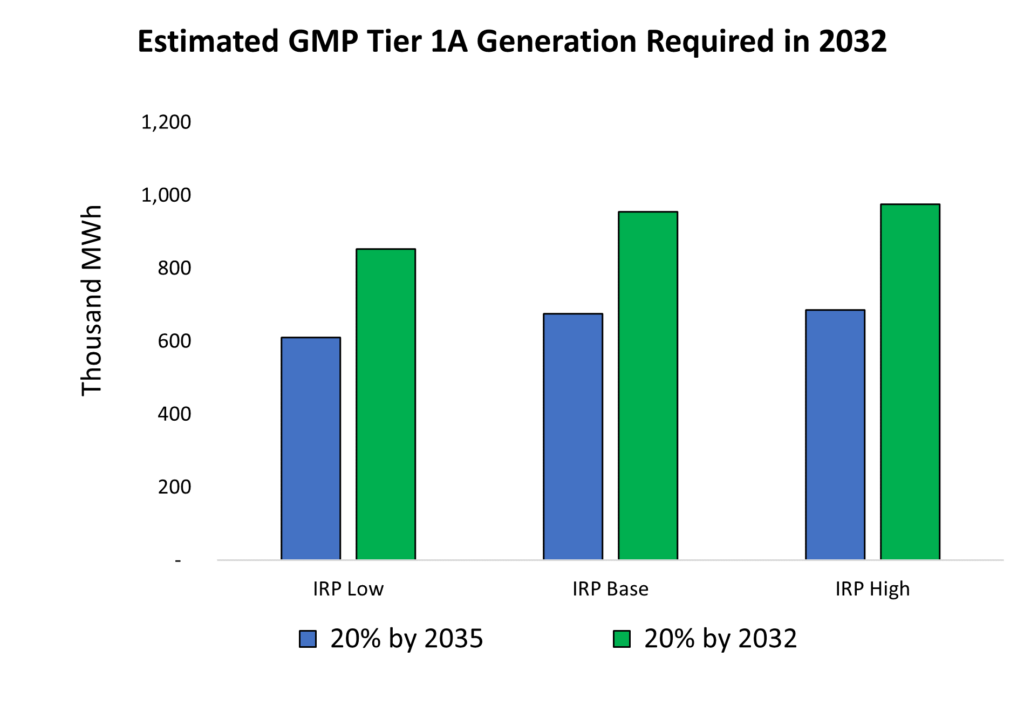Throughout the fall, legislators, utilities, and activists met repeatedly to hammer out a framework for updating our state’s Renewable Energy Standard (RES). Meeting under the auspices of a legislative working group formed last May, the group was tasked with determining a feasible path to a 100% renewable energy requirement for Vermont utilities and drafting legislation to be considered by the General Assembly during the 2024 Legislative session. The group’s final report, issued late last week, lays out a RES framework to dramatically increase renewable energy generation that would pay big dividends for the climate.
The fatal flaw in the current RES is its overreliance on renewable energy credits (RECs) from pre-existing, large hydro facilities outside of New England. These RECs are not eligible to meet the requirements in any other New England state’s renewable portfolio standard and the use of these RECs in Vermont does not have any direct impact on carbon pollution. In 2022, 73% of the RECs used for RES compliance came from these pre-existing, hydro facilities outside of New England and an additional 24% came from other hydro facilities within New England.
Within the group, REV and our environmental allies advocated tirelessly for increasing the deployment of new renewables in Vermont and New England as the most vital element of the RES. As our electricity use increases to power our vehicles and heat and cool our buildings, bringing new renewables online is the only way to reduce the use of dirty, fossil-fuel power plants. Fortunately, the working group concluded with near unanimity that getting to 100% renewables with 20% coming from in-state distributed generation and another 10%-20% from new regional renewable generation was feasible and desirable. All but one of Vermont’s distribution utilities joined REV, VPIRG, VNRC, the Conservation Law Foundation, and the Vermont Chapter of the Sierra Club in endorsing this framework for RES reform.[1]
The Framework recognizes that Vermont’s utilities operate under significantly different circumstances and provides separate requirements for different classes of utilities that recognize and accommodate these differences. While every utility will be required to get to 100% renewable energy and bring on new renewables to get there, here is a deep dive into the implications for new renewables for the proposed requirements for Vermont’s largest utility, Green Mountain Power (GMP).
Increase In-State Distributed Generation (Tier II)
For GMP, the proposed RES reform framework more than doubles the current Tier II requirement and would have the effect of more than tripling the rate of renewable development between 2025 and 2031 relative to what would be required under the current RES. In addition to updating the 2032 Tier II requirement from 10% to 20%, it changes the baseline used in that calculation from retail sales to power purchases. Since roughly 6% of power dissipates as heat while traveling over the transmission and distribution systems, this change ensures that the RES covers all of the power generated for Vermont utilities, not just the power that ultimately reaches utility customers.
The figure on the left shows how much Tier II generation GMP is required to obtain today, how much it would be required to obtain in 2032 under the current RES, and how much additional Tier II generation it would obtain under the proposed framework while the figure on the right shows how much solar might be needed to meet this requirement.

New Regional Renewable Generation (Tier 1A)
The framework also creates a new Tier within that RES that would require utilities to purchase 10%-20% of their power from renewables within New England or in neighboring states and provinces that can deliver power to New England. For GMP, this requirement would be 20% of its power purchases by 2035 – or potentially by 2032 if the cost of obtaining this power is low enough. This would allow RECs from close to 400,000 MWh of wind power from existing wind farms in Vermont to count towards Vermont’s Renewable Energy Standard rather than being sold to utilities in other states. Because these RECs would no longer be available to out-of-state utilities, these retirements would help spur development in other parts of New England and contribute to a cleaner regional grid.

[1] See the full framework starting on page 28 of the Working Group’s final report. Hyde Park Electric did not sign onto the framework.
